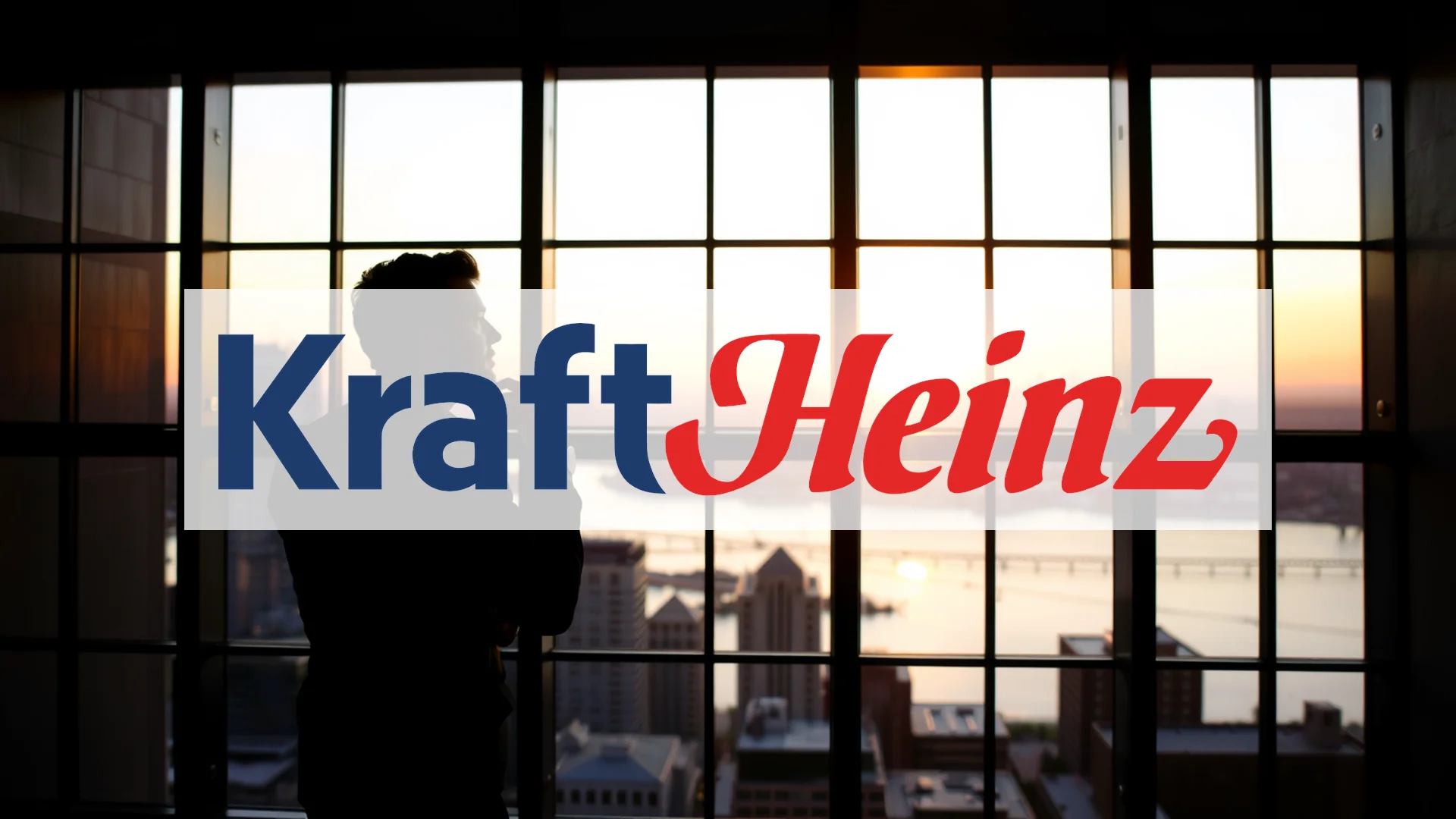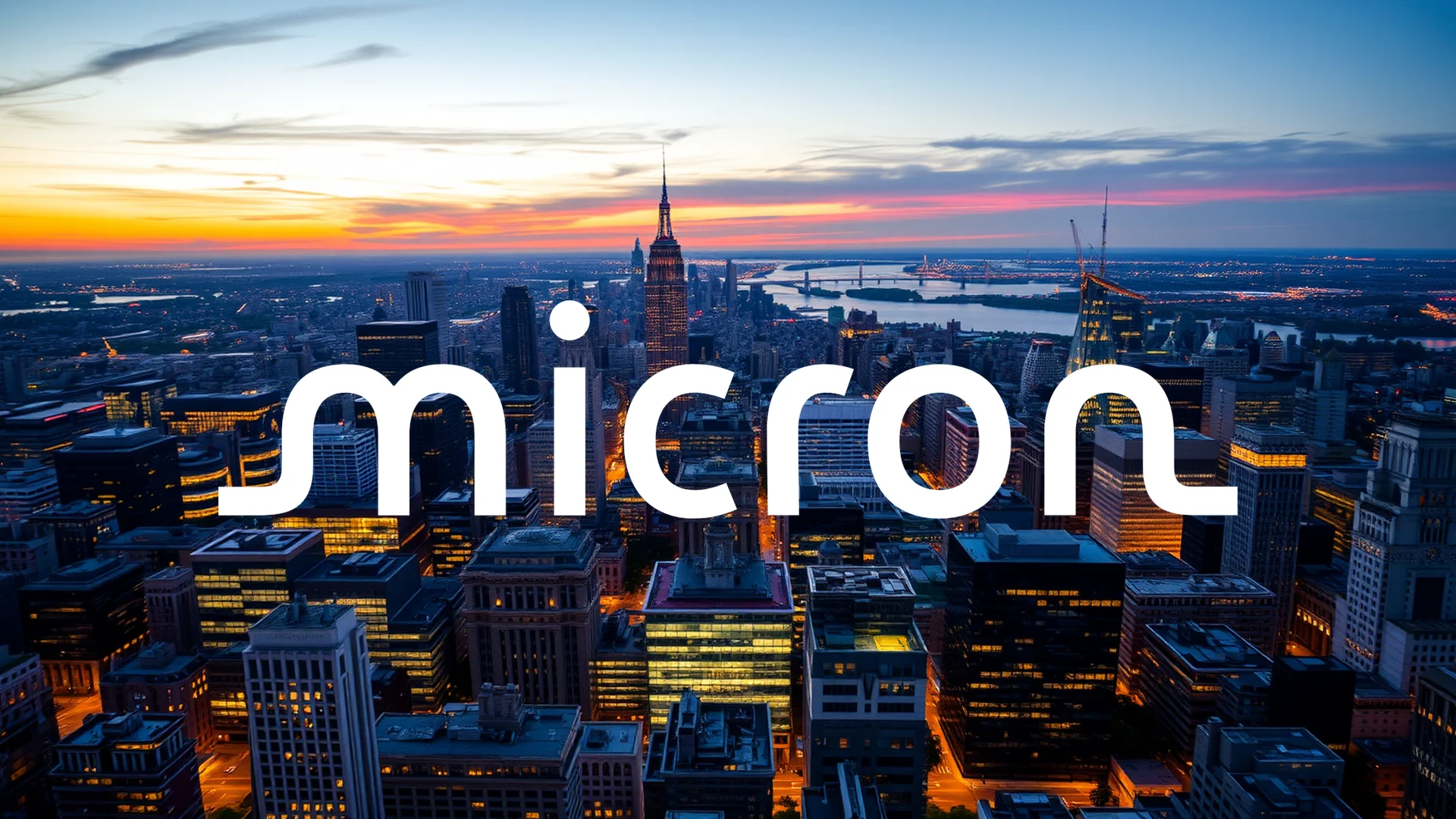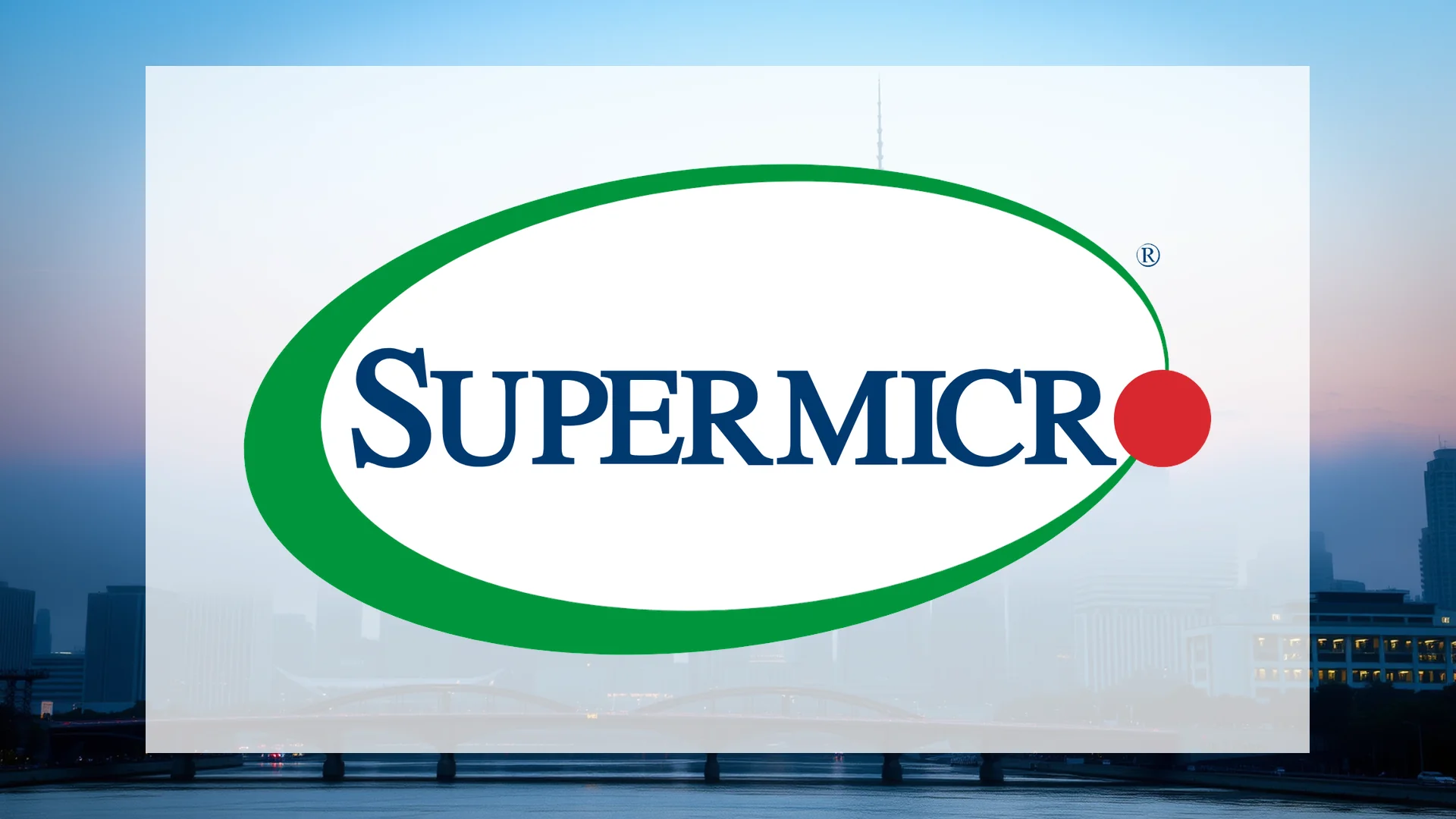Corcept Therapeutics finds itself in a complex position, simultaneously showcasing a robust clinical pipeline while confronting significant operational headwinds that have prompted a surprising reduction to its full-year financial outlook.
Strong Underlying Demand Meets Operational Challenges
The biotechnology firm reported second-quarter revenue of $194.4 million, marking a substantial increase from the $163.8 million recorded during the same period last year. Beneath this surface growth, however, operational difficulties emerged. Company management highlighted record levels of new prescribers and patient additions, yet overall financial performance fell short of expectations due to capacity constraints at a specialized shipping pharmacy.
Prescription volume data reveals the underlying strength of demand, with the number of tablets sold surging by 49 percent compared to the prior year’s quarter. This remarkable growth could not be fully capitalized upon due to the supply limitations. Compounding this issue, average selling prices declined by 20 percent, primarily driven by the company’s Authorized Generic program which provides 30 percent discounts on approximately two-thirds of volume.
As a direct consequence of these challenges, Corcept revised its 2025 revenue guidance downward to a range of $850 to $900 million. This represents a significant adjustment from the previous forecast of $900 to $950 million.
Development Pipeline Offers Substantial Value Potential
While the commercial business faces temporary obstacles, Corcept’s development pipeline continues to demonstrate considerable promise. The company’s lead candidate, relacorilant for Cushing syndrome, is currently undergoing FDA review with a decision date set for December 30, 2025.
Should investors sell immediately? Or is it worth buying Corcept Therapeutics?
The regulatory submissions extend beyond this single application. In July 2025, Corcept filed for an additional approval of relacorilant in combination with nab-paclitaxel for the treatment of platinum-resistant ovarian cancer. This submission followed positive results from the Phase III ROSELLA trial. European regulatory approval for this indication is anticipated before the end of the current quarter.
Further diversifying its pipeline, Corcept is advancing miricorilant for metabolic dysfunction-associated steatohepatitis (MASH). Initial Phase 1b data has demonstrated encouraging outcomes including:
* Rapid reduction of liver fat content
* Marked improvement in liver health metrics
* Positive effects on metabolic parameters and lipid profiles
The Phase 2b MONARCH study is nearing completion, with initial results expected by late next year.
Market Sentiment Remains Cautious
Despite these promising developmental milestones, financial markets have maintained a cautious stance toward Corcept. Within a 30-day period, consensus earnings per share estimates for 2025 declined from $1.39 to $1.21. Similarly, 2026 EPS projections were reduced from $2.08 to $1.84.
The company’s valuation continues to trade notably above industry averages when measured by price-to-sales ratios. This positioning raises a fundamental question for investors: whether potential FDA approval of relacorilant can sufficiently offset current operational weaknesses in the core business and justify these elevated valuation metrics.
Ad
Corcept Therapeutics Stock: Buy or Sell?! New Corcept Therapeutics Analysis from November 25 delivers the answer:
The latest Corcept Therapeutics figures speak for themselves: Urgent action needed for Corcept Therapeutics investors. Is it worth buying or should you sell? Find out what to do now in the current free analysis from November 25.
Corcept Therapeutics: Buy or sell? Read more here...












